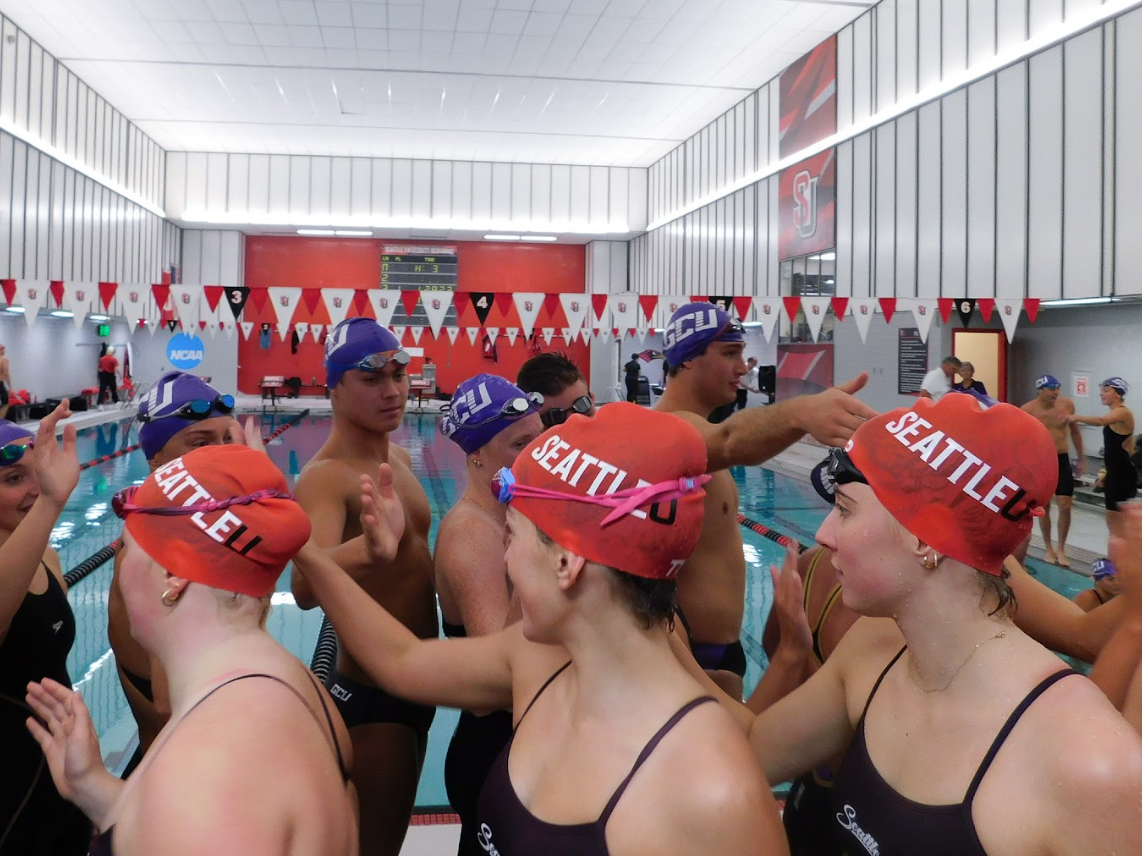Sports are and always have been an important facet of American culture. As time has gone on, more and more people have become invested in the everyday undertakings of their favorite athletes and teams. This level of high demand for sports news— mixed with the rise of the smartphone and instantaneous connection—has paved the way for many different outlets by which sports fans can stay up to date in ways unimaginable in previous decades.
Social media has become a mainstay in terms of how sports fans get their news. If there is an injury to one of their favorite players or rumors are swirling around before a trade deadline, fans are able to get up-to-the-second reports at the touch of a finger. Whereas before the reader or viewer was considered a member of a captive audience, the advent of social media has forced a change in the way sports broadcasting is conducted.
The power is literally in the hands of the fans as they can seamlessly switch between websites and platforms, putting more pressure than ever before on big time players like ESPN and FOX Sports to break the most important or surprising news first.
Sophomore Antonio Ford prefers to get his sports news from Twitter. “I can get exactly what I want from Twitter. I don’t have to sit through a football report I don’t care about because I can just choose what to view,” he said.
Sports ratings have continued to rise because fans have so many different outlets to choose from. “Sportscenter” used to be and is still widely considered the best primetime sports show. But the rise of other platforms—like YouTube and Twitch—have made primetime sports programming less of a necessity for fans. Instead, they can tune in with their favorite online personalities and get their unfiltered takes on the world of sports.
Unlike network programming, independent creators on these websites and podcasts are able to speak without a filter. There is a level of informality which people can relate to, since it feels similar to having a conversation with one’s friends at a sports bar. The content of many of these users is informative, entertaining and offers a personable flair that keeps people coming back for more. There is a closer relationship between the speaker and the viewer. This way, the speaker’s personality is able to draw people back just as much their opinions.
For casual fans with busy schedules, these various forms of online content are far more appealing. Aside from the fact that ads on YouTube and Twitch are far less interrupting than a typical commercial break, the content of online videos and blogs are condensed and specific.
Sophomore Michael Spinney, a busy sports and exercise major with a part-time job, likes the fact that he can pick and choose what sports topics interest him rather than waiting for a specific segment on a television show.
“It’s quicker. You can get a lot more coverage on one story instead of a show that focuses on multiple topics,” he said.
To compete, ESPN and FOX Sports have taken a page from podcast formula. They have successfully imitated this type of roundtable conversation with talk shows like “First Take” and “Undisputed,” in which the hosts of the show formulate opinions and debate one another on different newsworthy sports-related topics. Just like many online personalities, the hosts of these shows are not simply analysts or sports experts; they too have large personas that are entertaining and charm the audience.
In fact, the majority of all sports entertainment programming follows this debate and discussion formula to more directly connect with the viewer. The ESPN show “SportsNation” has gone above and beyond to include the audience in their own viewing experience. More than half of the show’s topics are decided by viewers who are able to vote for their preferred news topics online.
Additionally, the show takes polls from the audience, intending to spotlight the viewer’s opinions on the sports news topics of the day. The show was made in hopes of attracting a younger audience (ages 13 to 25) that the channel has failed to attract in the past—a demographic that has grown up accustomed to the interconnectivity of modern technology. The thought process is that the more the audience feels included, the more likely they will come back and tune in.
Sports news as a medium is becoming increasingly interactive to keep up with our society’s impatient, hyperactive sensibilities. And though some may view the more modern news and discussion outlets as a threat to sports journalism, it should be seen as the opposite. A healthy level of competition forces sports news publishers and broadcasters to keep pushing the envelope on how to make content better.
The editor may be reached at
[email protected]









